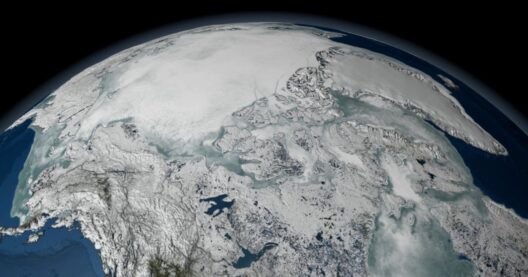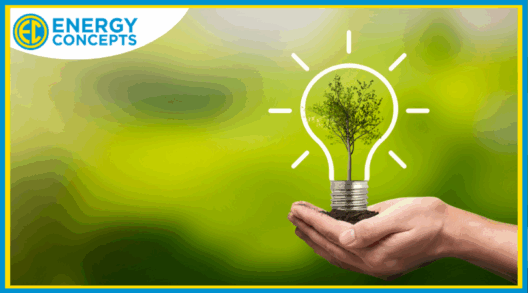Recycling has transformed from a mere convenience into an indispensable strategy in the battle against climate change. Aluminum, glass, and plastic—three ubiquitous materials in our modern lives—offer an intricate tapestry of environmental benefits when properly recycled. Each material not only conserves natural resources but also significantly reduces greenhouse gas emissions, illustrating the profound impact that recycling can have on our planet’s health.
Aluminum recycling stands at the forefront of sustainability efforts. Notably, the recycling of aluminum uses a staggering 95% less energy compared to the production of new aluminum from raw bauxite ore. This dramatic energy savings translates into reduced greenhouse gas emissions. Every ton of aluminum recycled prevents the emission of roughly 9 tons of carbon dioxide. Additionally, aluminum is infinitely recyclable without loss of quality, meaning that each recycled can or foil can be reused perpetually. This characteristic not only emphasizes the importance of recycling but also highlights how our individual actions contribute to a larger, systemic solution.
On the other hand, glass recycling presents its own unique set of advantages. Glass is a material known for its durability and endless recyclability. It can be melted down and reformed indefinitely without any degradation in quality. In fact, for every ton of glass that is recycled, about 314 kg of carbon dioxide emissions can be averted. The energy required to produce new glass from raw materials is immensely greater than that needed for recycling. Furthermore, glass recycling conserves precious natural resources such as silica, soda ash, and limestone. In totality, each recycled bottle or jar echoes an ethos; it signifies a choice towards a more sustainable future.
While aluminum and glass are often heralded for their recycling merits, plastic’s narrative is more complicated yet equally crucial. Plastics are pervasive in our daily lives, wrapping our goods and offering convenience. However, they also pose significant environmental challenges, from littering landscapes to polluting oceans. Recycling plastic can alleviate some of these issues: it conserves energy and resources, as producing new plastic materials from recycled content requires less energy than generating from virgin materials. For instance, recycling a ton of plastic can save up to 1,000-2,000 gallons of gasoline. Yet, plastic materials often have different resin types, each requiring specific processes for recycling. Hence, the complexity of sorting can deter effective recycling efforts.
The relationship between recycling and climate change transcends mere statistics. It reveals a profound interconnection between our consumption patterns and the health of our planet. Consider the greater implications of our material choices. The more we recycle, the less we rely on raw material extraction, which is fraught with ecological and social consequences. Mining for bauxite for aluminum, extracting oil for plastics, and quarrying for silica for glass all contribute to habitat destruction, biodiversity loss, and the emission of greenhouse gases. By recycling, we mitigate these harmful practices while fostering a circular economy—a system that prioritizes waste reduction and resource efficiency.
Furthermore, community participation in recycling initiatives reveals the power of collective action in combating climate change. Neighborhood recycling programs and educational workshops can galvanize individuals and communities to embrace sustainable practices. Despite recycling rates that vary geographically—often influenced by local policies and educational outreach—there exists a shared realization that even small actions can create ripples of change. Households that consistently recycle contribute to a critical mass, ultimately advocating for better waste management infrastructure and policies at the municipal level.
The psychological dimensions surrounding recycling cannot be overlooked. Humans have an inherent desire to act in ways that align with their values. When individuals engage in recycling, they are often driven by a sense of responsibility toward future generations and the planet. This observation hints at deeper motivations that transcend the act itself. Engaging in recycling allows for a sense of agency in an era of uncertainty regarding climate change. It offers tangible evidence that positive change is possible and that personal actions can contribute to a larger movement.
Despite the vital role recycling plays, the movement is not without its challenges. Contamination of recyclable materials remains a significant barrier. Non-recyclable items mixed with aluminum, glass, or plastic can lead to entire batches being rendered unrecyclable. This highlights the necessity for proper education on how to effectively recycle and the importance of community involvement in keeping recycling streams clean. Such collective learning not only empowers individuals but creates a shared sense of purpose in mitigating climate change.
In conclusion, the act of recycling aluminum, glass, and plastic emerges as a multifaceted approach in our fight against climate change. It’s not just about placing materials in a bin but embracing a lifestyle that values sustainability and responsibility. The implications of recycling stretch far beyond individual actions; they underscore the interconnectedness of society, economy, and environment. As we strive for a greener future, it is essential to cultivate a cultural paradigm that prioritizes recycling and waste reduction as key tenets of environmental stewardship.
Move beyond the bin. Embrace the journey of recycling as an opportunity to participate in a movement that defines our collective future. The conscious decisions we make today will resonate within the framework of our planet’s ecological balance for generations to come.







